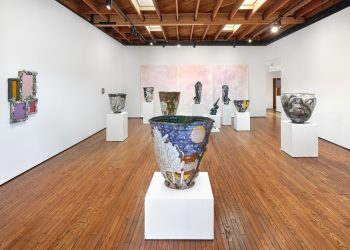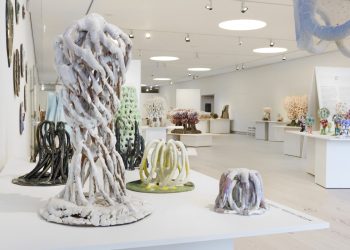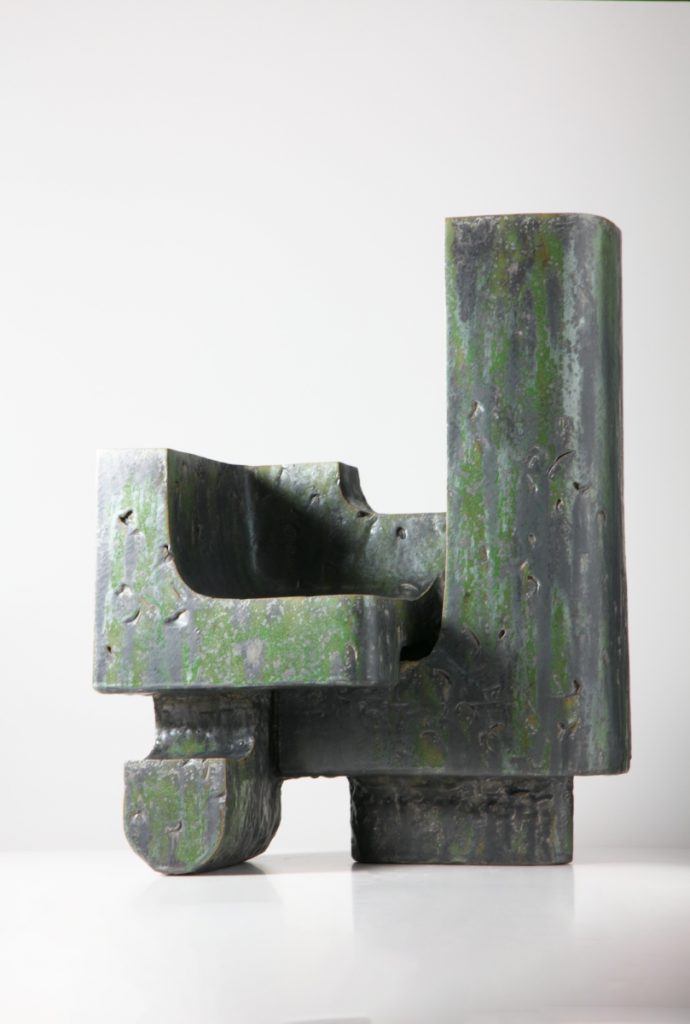
Silent Shadows I 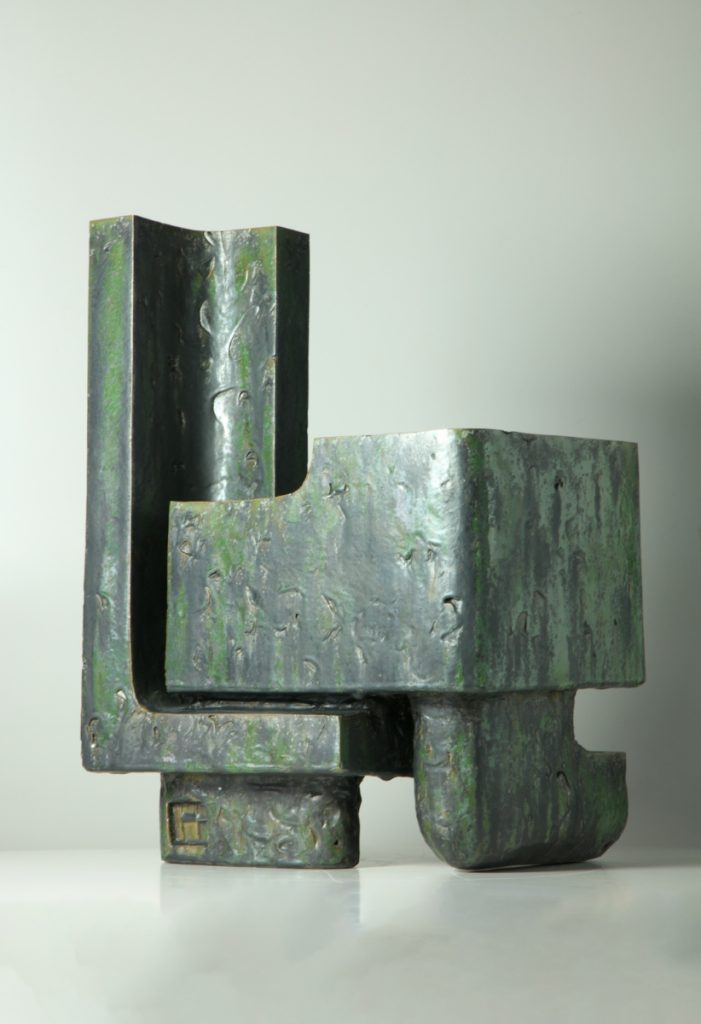
Silent Shadows I 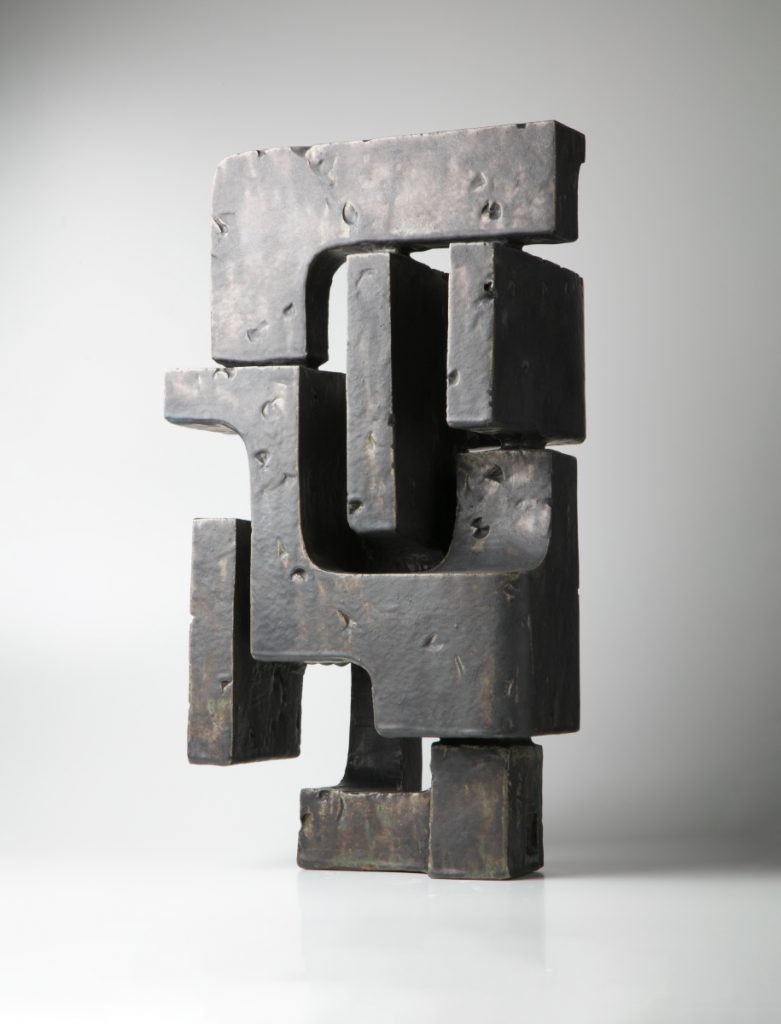
Silent Shadows II 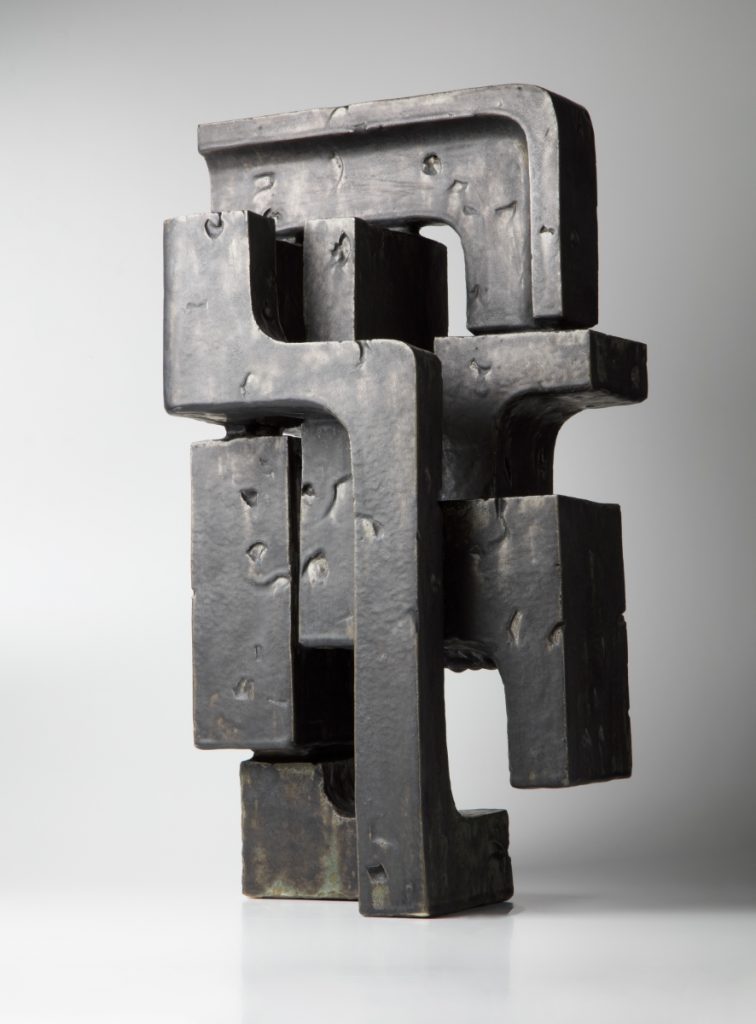
Silent Shadows II 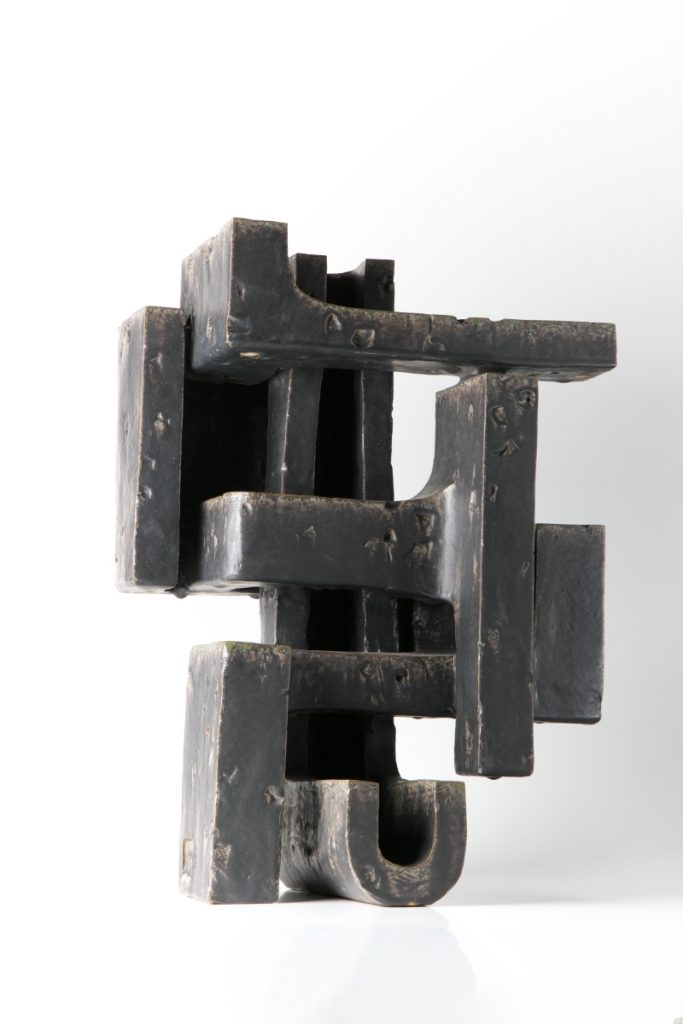
Silent Shadows III 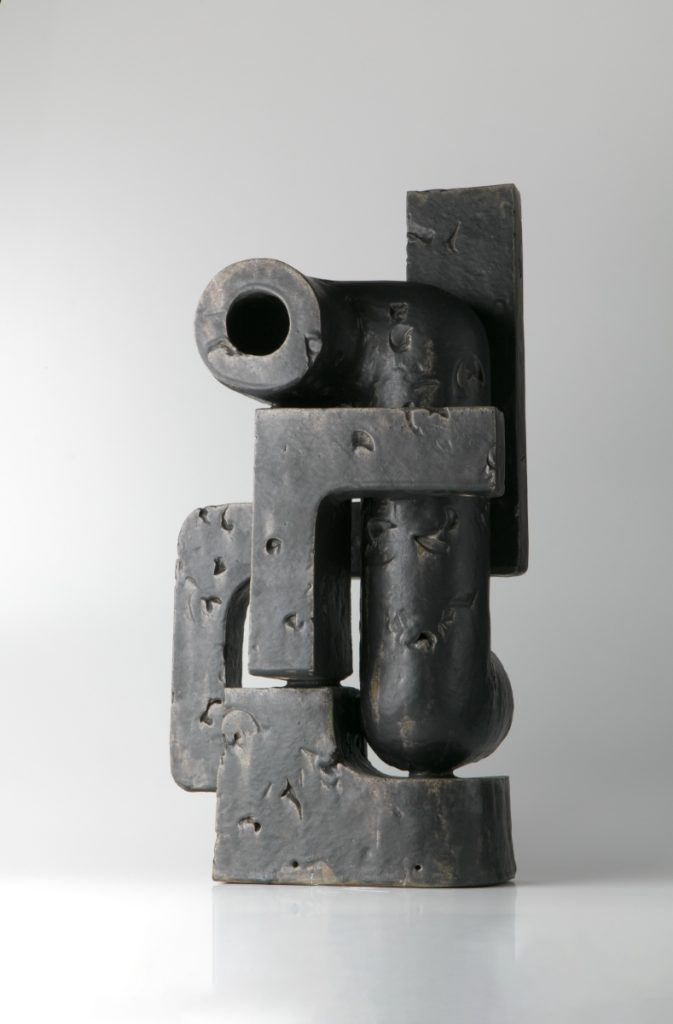
Silent Shadows IV 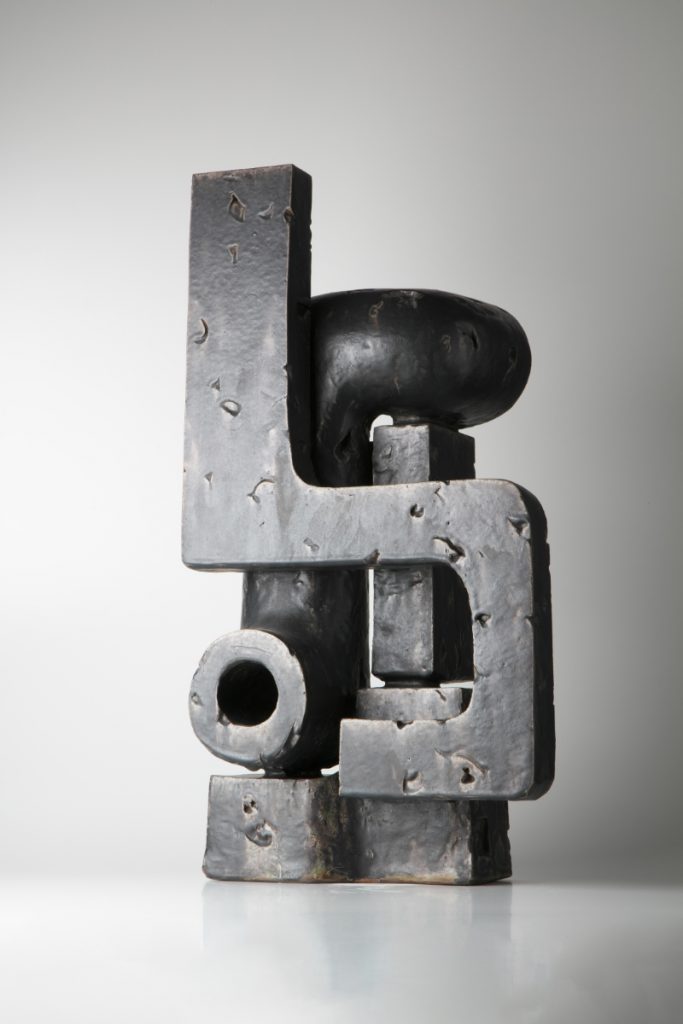
Silent Shadows IV 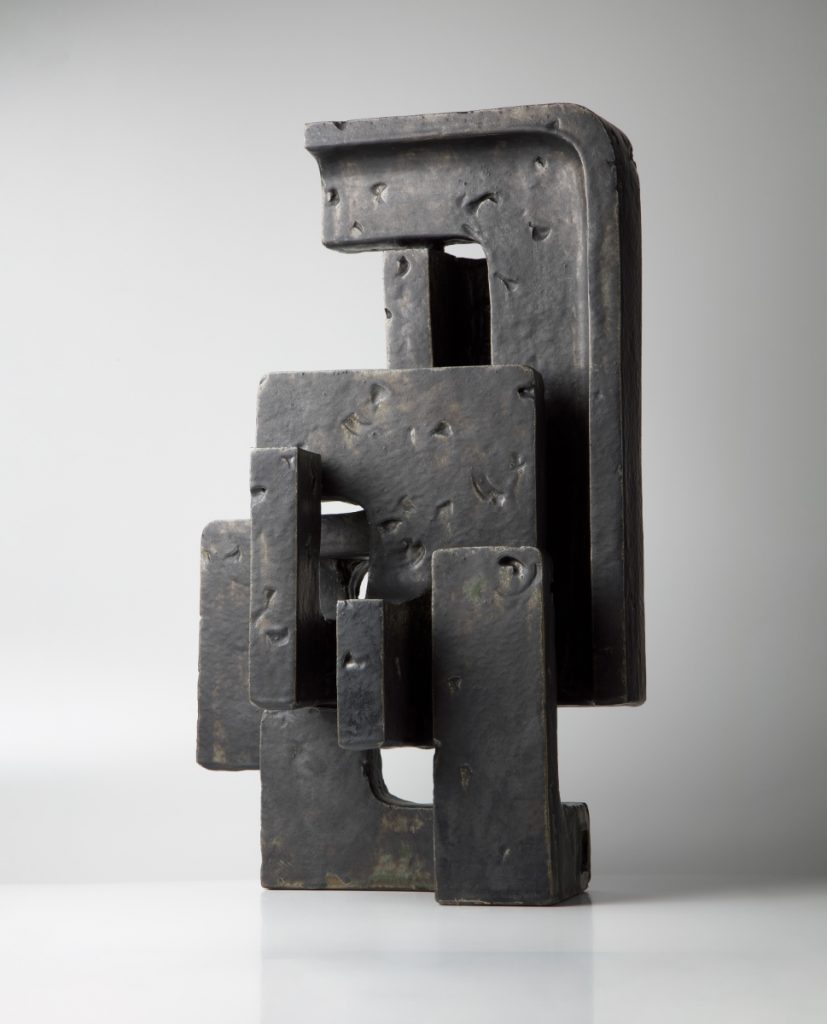
Silent Shadows V 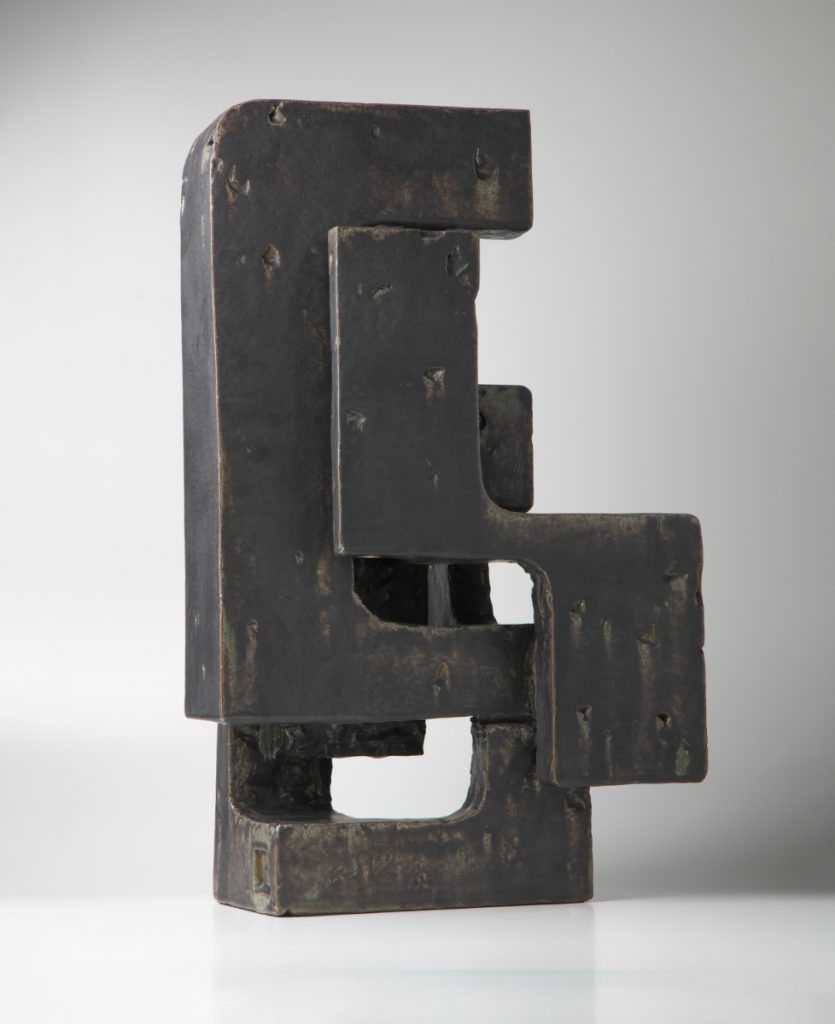
Silent Shadows V 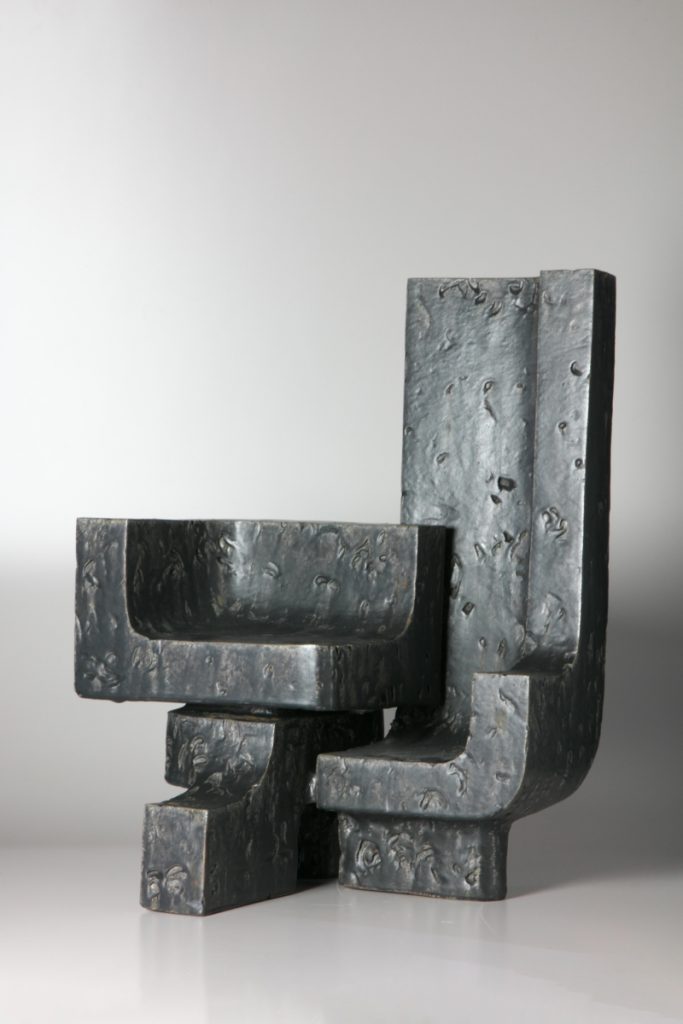
Silent Shadows VI 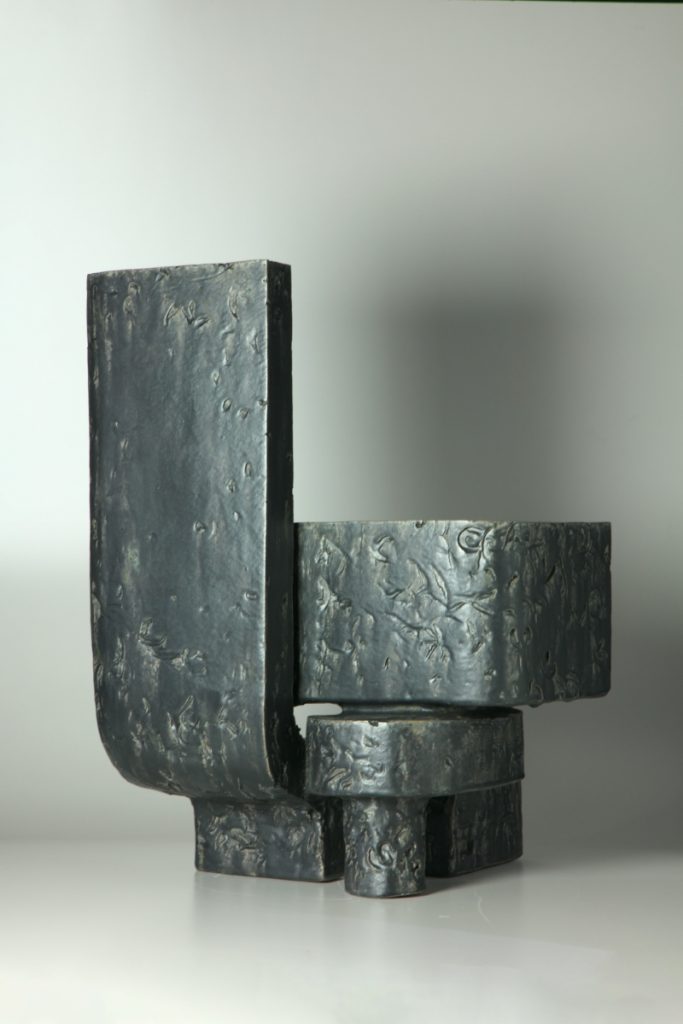
Silent Shadows VI 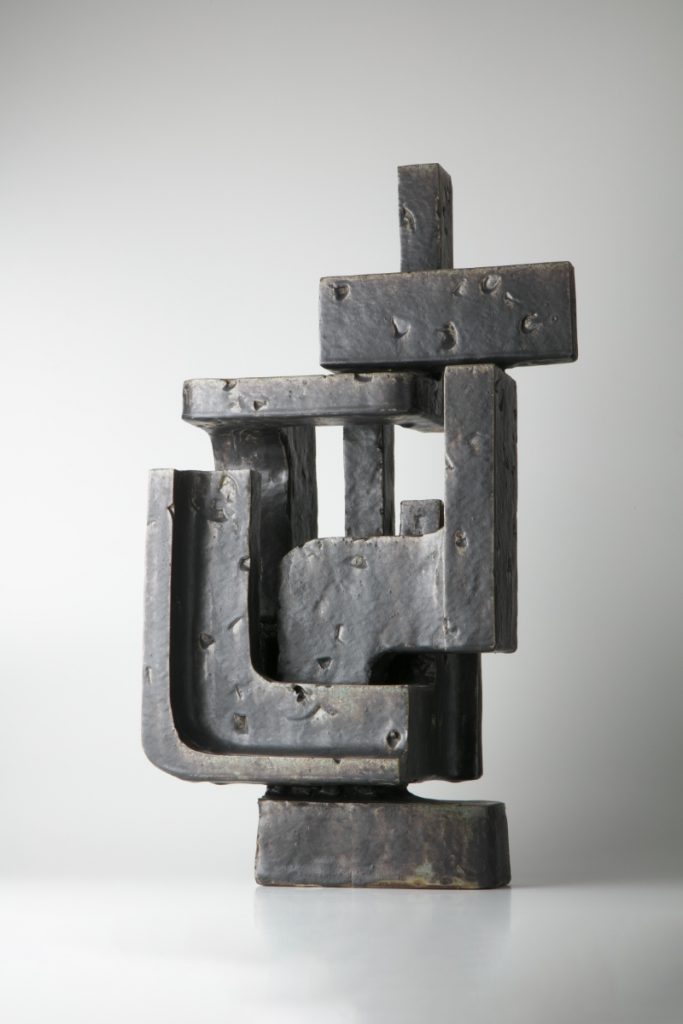
Silent Shadows VII 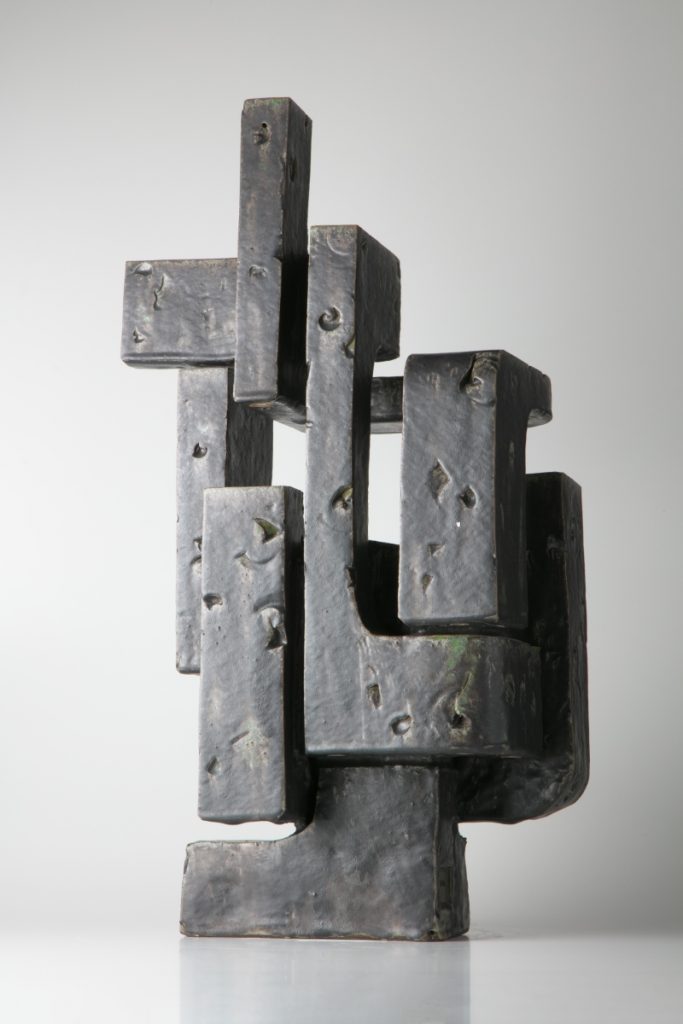
Silent Shadows VII 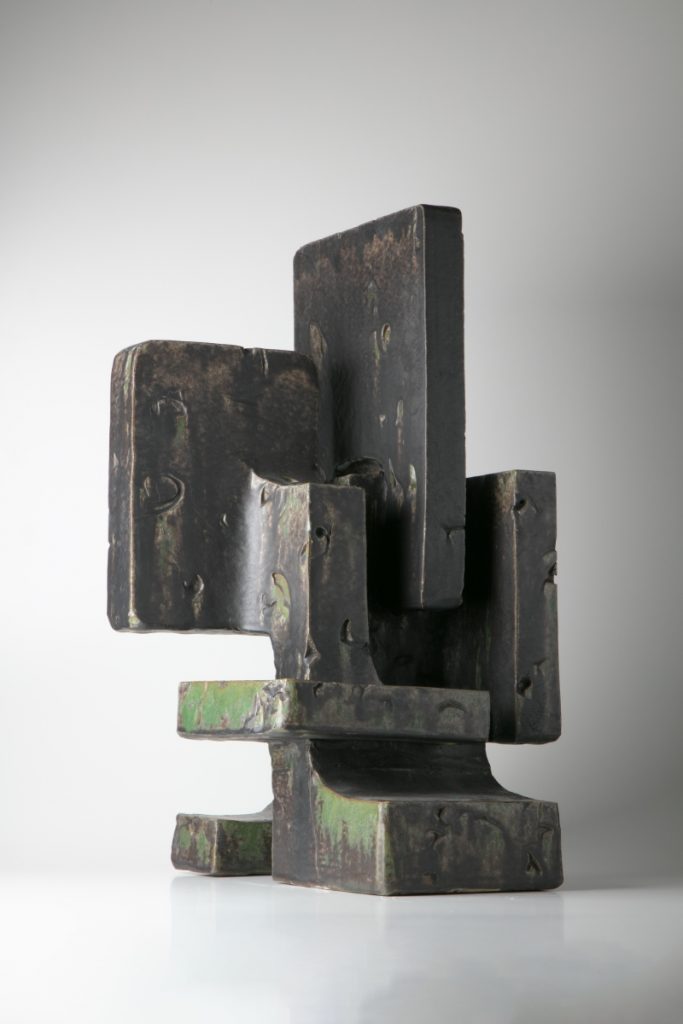
Silent Shadows VIII 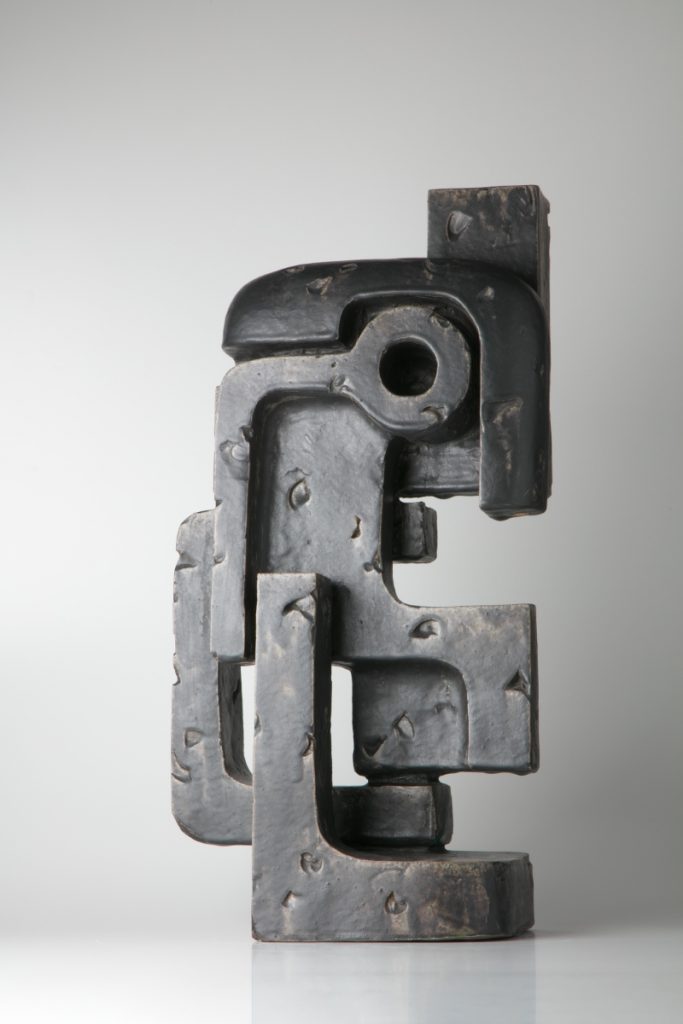
Silent Shadows IX 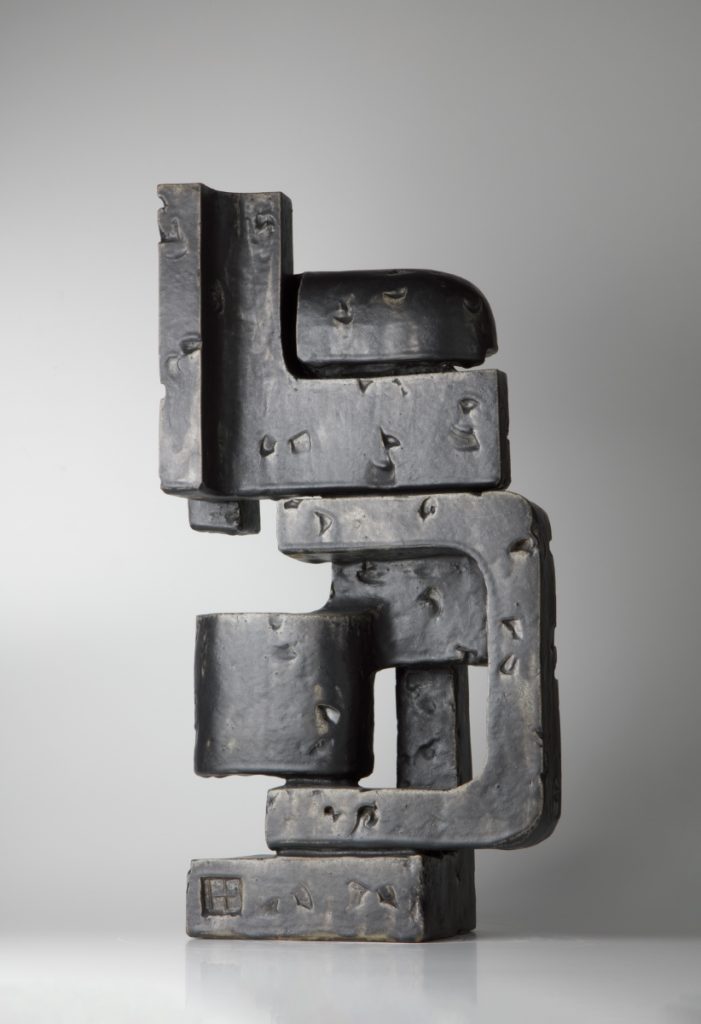
Silent Shadows IX 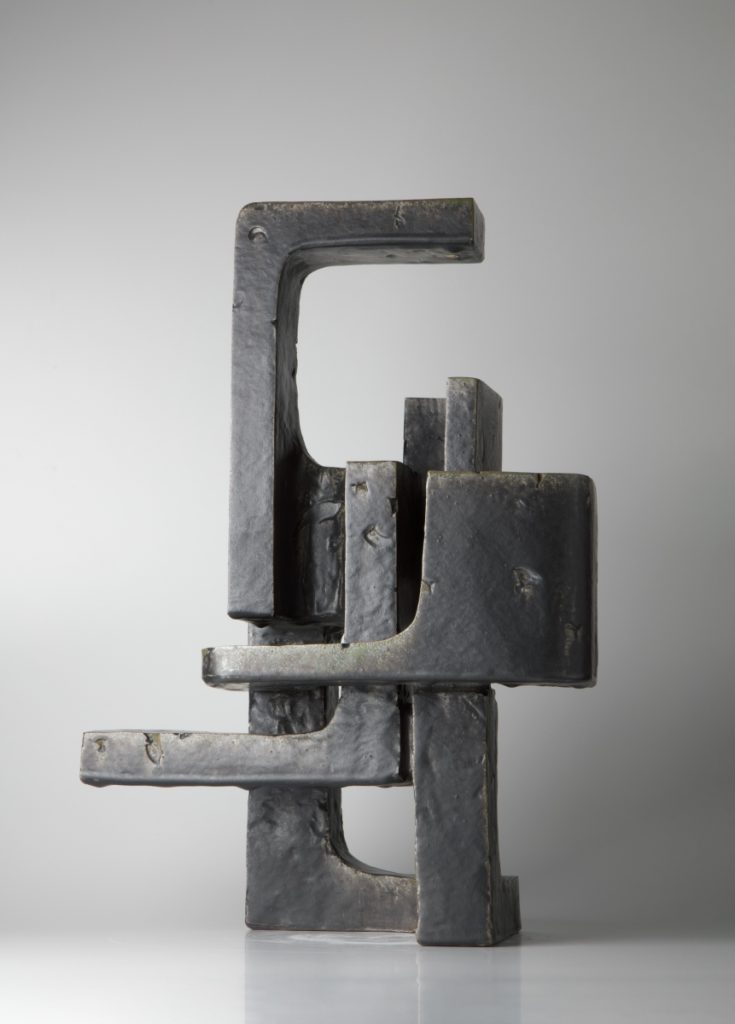
Silent Shadows X 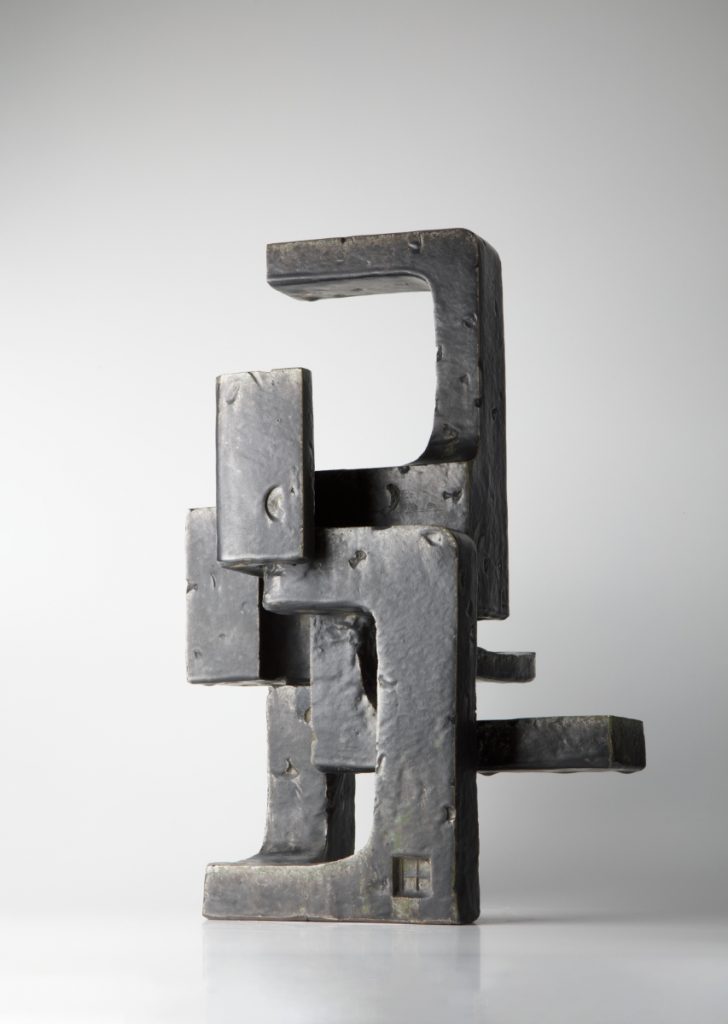
Silent Shadows X
Keizo Sugitani: Silent Shadows is on view at A Lighthouse called Kanata, Tokyo
January 13 – February 12, 2022
To capture a man and a woman, in love, together, in raw, primitive harmony, where shadows combine as one.
In the silence of shadows, a faint light nears. Is it sunrise, or is it moonlight? Darkness deafens the shadows that entwine as one. And what of this light, exactly? Where shall it lead us to?
Visons of grandeur have been a distance far beyond an artist like Keizo Sugitani of Osaka. Long forgotten and grossly underestimated, never quite finding his voice, passed off as an eccentric, a wannabe, a part-time potter and essentially a stay-at-home father of three. Keizo Sugitani could not make a living as a ceramic artist. And no one expected him to be no more than that, a washed-up potter who could not make the grade.
In other words, Sugitani was the ultimate outsider, an artist left out in the cold, peering through that window looking in from the outside, always trying to figure a way back in. But Sugitani did possess something that many artists would never have. Talent. He just did not know it. His talent was what was lost in the shadows of his clay, engulfed in the abandoned shards of the overwhelming multitude of ceramic styles that he had attempted yet never quite fully mastered.
Greatness is often found in the deepest of valleys, when one seemingly surmounts the unsurmountable, rising to a height unforeseen from the shadows of the abyss. Sugitani has now risen to the occasion, a late bloomer whose blossoming could not have come at a more opportune time. Sueharu Fukami, Ryuichi Kakurezaki, Machiko Ogawa. Artists long considered the pinnacles of contemporary Japanese ceramics are slowly but surely passing the torch. Perhaps it was the passing of Ryoji Koie that marked such a change. And the general psyche of the world has been forever transformed by the pandemic.
Sugitani has always been a dreamer, a poet, a man romantic (or crazy) enough to wait outside the legendary Sodeisha co-founder Osamu Suzuki’s house in Kyoto every day for an entire week, hoping to have a moment to speak with the artist so that he could beg this grand master for permission to become his apprentice. Suzuki did not know why this young man would be stalking him outside his home every single day, and ultimately called the police in fear and trembling. Needless to say, he did not get the apprenticeship. Sugitani had always been enamored by the abstract ceramics of the post-war artists associated with the Sodeisha, yet his leanings were not simply toward the ceramic. Isamu Noguchi, Eduardo Chillida, Henry Moore and Barbara Hepworth. The influence of these abstract sculptors on Sugitani are undeniable.
The series that marked Sugitani’s great leap forward was Shadows Crossing, first released to the public at the artist’s second solo exhibition at Yufuku Gallery in Tokyo in June 2016. But even before that seminal show, there was a body of work that hinted at the success that was to come. The very first piece, in fact, that Sugitani had made for Yufuku was entitled The Promise in the winter of 2013, and was subsequently acquired by a former chairman of one of the leading museums of the world. Soon thereafter, this body of work was first released internationally in May 2014 at the Collect Art Fair in London’s Saatchi Gallery. These pieces were small, no taller than 40 cm perhaps, and only featured but one or two interlocking parts. Yet even then, with these simple, almost primitive forms, one could see that Sugitani was slowly but surely finding his voice.
To capture a man and a woman, in love, together, in raw and simple harmony, where shadows combine as one. Sugitani’s multilayered, interlocking forms in Shadows Crossing tell the tale of life itself. It is the story of mankind falling in love, embracing, the miracle that is life, the wonder that is two bodies meeting together in both time and space. Totemic, talismanic, almost primordial in their unadorned patina yet brimming with the energy of both Eros and Thanatos, these ceramic sculptures are odes to the simple beauty that is represented by the love between two persons, our histories told as the unification of you and me, of two separate bodies conjoining together as one.
With shadows revealing a visceral elegance brimming with the sheer urgency of now, Sugitani’s works are minimal poems that evoke the primeval inclinations of man, with rustic green and copper hues emerging from the depths of his greyish black glaze, sculptures elegantly hand-built and crafted with utmost precision and care. Yet there is also a raw allure to Sugitani’s works that limn the Primitivism of the Nabi and the austere simplicity of Brutalist architecture.
The popularity of Shadows Crossing knew no limits, and his following series umbra vitae (Shadows of Life) was another mode of expression that evidenced Sugitani growing more confident as an artist and as a technical craftsman. The ability to create works at a stable pace with no fear of destitution led ultimately to an emancipation of both Sugitani’s creativity and audacity, as his sculptures began a shift to massive, multi-tiered monoliths that weighed over 50 kilos. Due to their sheer size, umbra vitae were made of several smaller parts that were connected by metal rods and were to be installed and completed on-site. umbra vitae transcended the individual for the collective, and represented not simply the interconnectivity and amour between man and woman, but of mankind itself and the peaceful union between different peoples that comprise society. They were ambitiously beautiful works, but ultimately could not be readily made, and have thus been abandoned for his latest series, Silent Shadows.
And now, the silence of shadows is upon us. Reminiscent of ancient monoliths of civilizations past, Sugitani’s new body of works that will mark their debut at A Lighthouse called Kanata in January 2022 are a culmination of his aesthetic and technical experiments that began with The Promise, matured greatly with Shadows Crossing, and reached new heights with umbra vitae. Their silhouettes are more ambitious, their glazing sublime, their ruggedness captivating. And incredibly, each work in Silent Shadows can look completely different from any angle, with pieces almost looking like monumental Modernist architecture.
Although imbued with the rustic sheen of metal, Sugitani’s works are in fact creations in Shigaraki clay that are hand-built into interlocking forms that are almost Escher-esque in their simple complexity. After blending a base white clay, the artist begins the rigorous process of hand-coiling his sculptures into the forms in his mind’s eye. After carving and smoothening the surfaces, the artist bisque-fires the work, and then for Silent Shadows, takes an electric drill and intentionally chisels a work with randomly vivacious etchings. This drilling process is reminiscent of great Post-War Japanese Yoshishige Saito and his Drill series, or even Lucio Fontana with his spatialistic carving of the canvas with his knife. This element adds an aesthetic quality not previously seen before in Sugitani’s sculptures; instilled, then, is the age-old concept of beauty found within imperfection, or the wabi-sabi aesthetic philosophy often associated with Japanese ceramics. This new aesthetic element helps Sugitani to create solemn sculptures that call to mind the power of ancient gravestones or relics left behind from ancient civilizations.
After the thorough drilling of his works, Sugitani applies an original glaze that is rich in copper, and after a main firing in his gas-kiln, imbues his works with the distinctive patina of rusted metal. Appearances can be deceiving, and the bold straight-forwardness of the artist’s silhouettes masks the actual difficulty of firing such towering totems in clay, and hide, perhaps in the shadows, the modern mastery of Keizo Sugitani.
Silent Shadows may very well become Sugitani’s signature series, and with good reason. Amalgamating the aesthetic qualities of The Promise, Shadows Crossing and umbra vitae has brought about an aesthetic reinvigoration to Sugitani’s ceramic sculptures, and have infused these pieces with a dynamism that exhibits the artist working at the height of his powers. There is an almost Mesopotamian mysticism to his works now, and without question, I find them to be some of Sugitani’s most beautiful works to date. In other words, I strongly believe this chapter in Keizo Sugitani’s career to be an historic one. We hope you will also agree when reviewing these elegantly rustic sculptures within this catalogue.
Let the silence of shadows begin.
Wahei Aoyama, Owner of A Lighthouse called Kanata
Contact
+81-3-5411-2900
info@lighthouse-kanata.com
A Lighthouse called Kanata
Kasumicho Terrace 6F
3-24-20 Nishi-Azabu
Minato-ku, Tokyo, Japan 106-0031
Photo descriptions: All works are stoneware and glaze, dated 2021. Photos courtesy of A Lighthouse called Kanata





